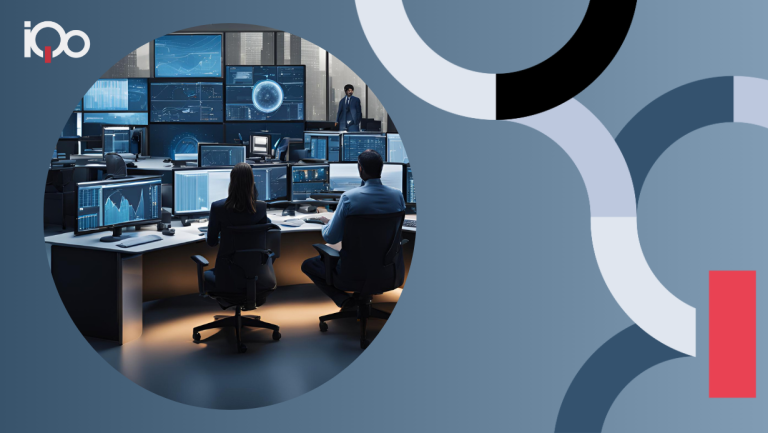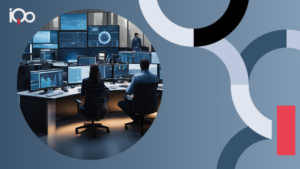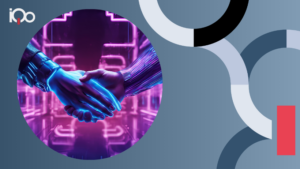
Contents
The IT/OT merger: what are we talking about?
IT/OT fusion involves the integration of traditional IT systems (data management, analysis, etc.) with operational technologies (machine control, sensors and automation). In the field of mobility, this means harmonizing the systems that manage vehicle, traffic and infrastructure information with those that control physical operations such as navigation, vehicle control and maintenance.
IT/OT fusion use cases impacted by artificial intelligence
The mobility sector is one of the most sensitive to this issue of IT/OT fusion, which is characterized by use cases improving overall organizational performance and increasing the management and steering capacity of executives. We have identified a number of significant use cases impacted by AI.
Predictive Maintenance
By correlating the use of IoT sensors to monitor the condition of critical train components, such as brakes or engines, and adding IT analysis of the data collected, it is possible to predict maintenance requirements before failures occur.
Example: a rail network uses AI to analyze sensor data, reducing incidents and maintenance costs.
Security and Surveillance in the run-up to the Olympic Games
The combination of IoT video surveillance and IT image analysis algorithms to improve security in stations and on board trains, enables automatic detection of suspicious behavior or abandoned objects.
Example: smart cameras in stations automatically detect and report security incidents to the relevant teams, who can then intervene.
Infographic on Traffic Optimization
The combination of an infographic combining IT & OT sources enables us to illustrate and propose optimized schedules and itineraries in the event of heavy traffic or incidents.
Example: by processing information, the control center benefits from decision support in traffic management.
Best practices for IT/OT mergers in organizations
Implementing such use cases requires organizations to bring IT and OT closer together. Several significant projects have been carried out by organizations in France, and a white paper was published by Cigref a few years ago
1. Carry out IT / OT assessment and strategic planning
- Define clear objectives for the merger, aligned with the company's overall strategy
- Create a detailed implementation plan, with milestones and key performance indicators (KPIs)
- Provide long-term visibility and continuity for nuclear program commitments
2. Use open standards to facilitate integration
- Set up platforms that can process both IT and OT data
- Gradual integration to minimize disruption
3. Establish a robust security framework covering both IT and OT aspects
- Implement cybersecurity policies, including data protection and defense against cyberattacks
- Comply with local and international regulations on data and operations
- Develop a program of acculturation and sharing of practices relating to data ethics.
4. Ensure collaboration and training of IT / OT teams
- Train staff on new tools and processes
- Establish multidisciplinary teams to facilitate joint work
- Encouraging innovation in the use of IT/OT technologies
5. Focus on data management and analytics
- Set up systems for efficient data collection, storage and analysis
- Use analytics and AI to gain insights and improve operations
- Ensure data integrity and reliability
Conclusion
The IT/OT merger in the mobility sector offers enormous opportunities for improving efficiency, security and customer satisfaction. By following best practices, companies can maximize the benefits of this merger, while minimizing the risks and challenges.
WITH AI enables us to go further and further in this area, the development of future use cases will make this fusion of practices a necessity for organizations. Mastery of this new level will be achieved at the crossroads of technology, management practices and data ethics.

Cybersecurity and the Olympic Games: what's the post-Games assessment?
As part of October's Cyber Month, iQo takes a look back at the event of the year, for which cybersecurity is a key issue: the Paris 2024 Olympic and Paralympic Games.

Generative AI: what are the regulatory risks?
The threats and risks associated with Generative AI are numerous, and need to be addressed as early as possible by companies. After describing cognitive biases, let's take a look at the regulatory risks.

AI training: explaining and demystifying before taking the plunge
Training employees in AI is not just about responding to a current trend, it's about supporting the transformation of our businesses. All professions are and will be impacted by AI.



